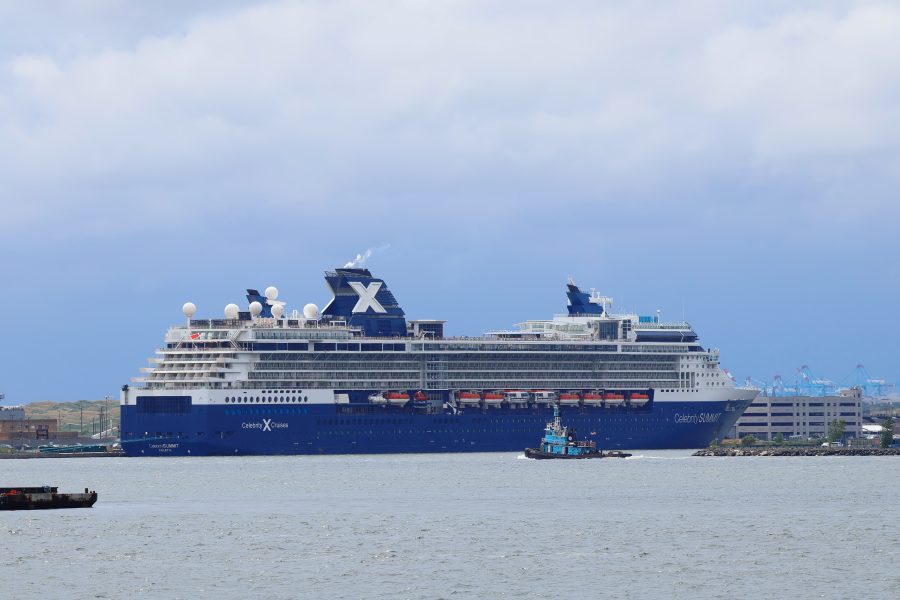Cruise vacations offer an alluring escape to the open sea, promising adventure, relaxation, and boundless entertainment. Amid the excitement, cruise lines prioritize the safety and security of their passengers.
In this comprehensive exploration, we delve into the intricate measures cruise lines undertake to guarantee the protection of their travelers. As the cruise industry strives to provide unforgettable experiences, it also maintains a steadfast commitment to passenger safety.

Navigating the Safety Landscape
Modern cruise ships are marvels of engineering and design, equipped with advanced safety features and technology. Cruise lines adhere to strict international safety standards set by organizations like the International Maritime Organization (IMO) and the U.S. Coast Guard. These regulations encompass everything from lifeboat capacity to fire prevention systems, ensuring that ships are well-prepared to handle emergencies.
Emergency Drills and Preparedness
Before setting sail, passengers participate in mandatory safety drills. These drills cover crucial procedures such as donning life jackets and locating emergency exits. Cruise lines conduct these drills to familiarize passengers with safety protocols, enabling them to respond effectively in any situation. Additionally, crew members undergo rigorous training to handle emergencies with skill and professionalism.
State-of-the-Art Communication Systems
Clear and reliable communication is paramount at sea. Cruise ships are equipped with advanced communication systems that enable constant contact with other vessels, ports, and emergency services. These systems ensure swift coordination in case of unexpected events and contribute to a safer overall cruising experience.
Medical Facilities and Expertise
Cruise ships feature onboard medical facilities staffed by qualified medical professionals. From minor injuries to more serious medical concerns, cruise lines ensure that passengers receive appropriate care. These facilities are equipped to handle a range of medical situations, providing peace of mind to travelers.
Security Personnel and Surveillance
Cruise ships are also vigilant about security. Trained security personnel are present to monitor onboard activities and maintain a safe environment. Advanced surveillance systems, including cameras and monitoring technology, contribute to passenger safety and deter potential issues.
Collaboration with Authorities
Cruise lines collaborate closely with maritime authorities and local governments to enhance safety measures. These partnerships facilitate efficient coordination in the event of emergencies and ensure that ships adhere to international regulations.
Learning from Past Incidents
The cruise industry continuously learns from past incidents to improve safety practices. High-profile accidents have led to a stronger focus on passenger safety, resulting in enhanced training, technology, and protocols across the industry.
Ensuring a Memorable and Safe Voyage
For cruise lines, the safety and enjoyment of passengers are intertwined priorities. As travelers embark on their journeys, they can trust that cruise lines have taken extensive precautions to protect their well-being. From luxurious voyages to cheap cruises, the commitment to passenger safety remains unwavering, ensuring that passengers can revel in their cruise experiences with peace of mind.
Conclusion: Sailing Towards Security and Splendor
Cruise vacations offer a unique blend of adventure, relaxation, and luxury. While passengers indulge in the pleasures of the sea, cruise lines work diligently behind the scenes to ensure their safety. From advanced technology to rigorous training and collaboration with authorities, the cruise industry is dedicated to safeguarding every passenger. So, whether you're setting sail on a grand ocean liner or exploring cheap cruises, rest assured that cruise lines prioritize your safety, making every voyage a memorable and secure experience.


